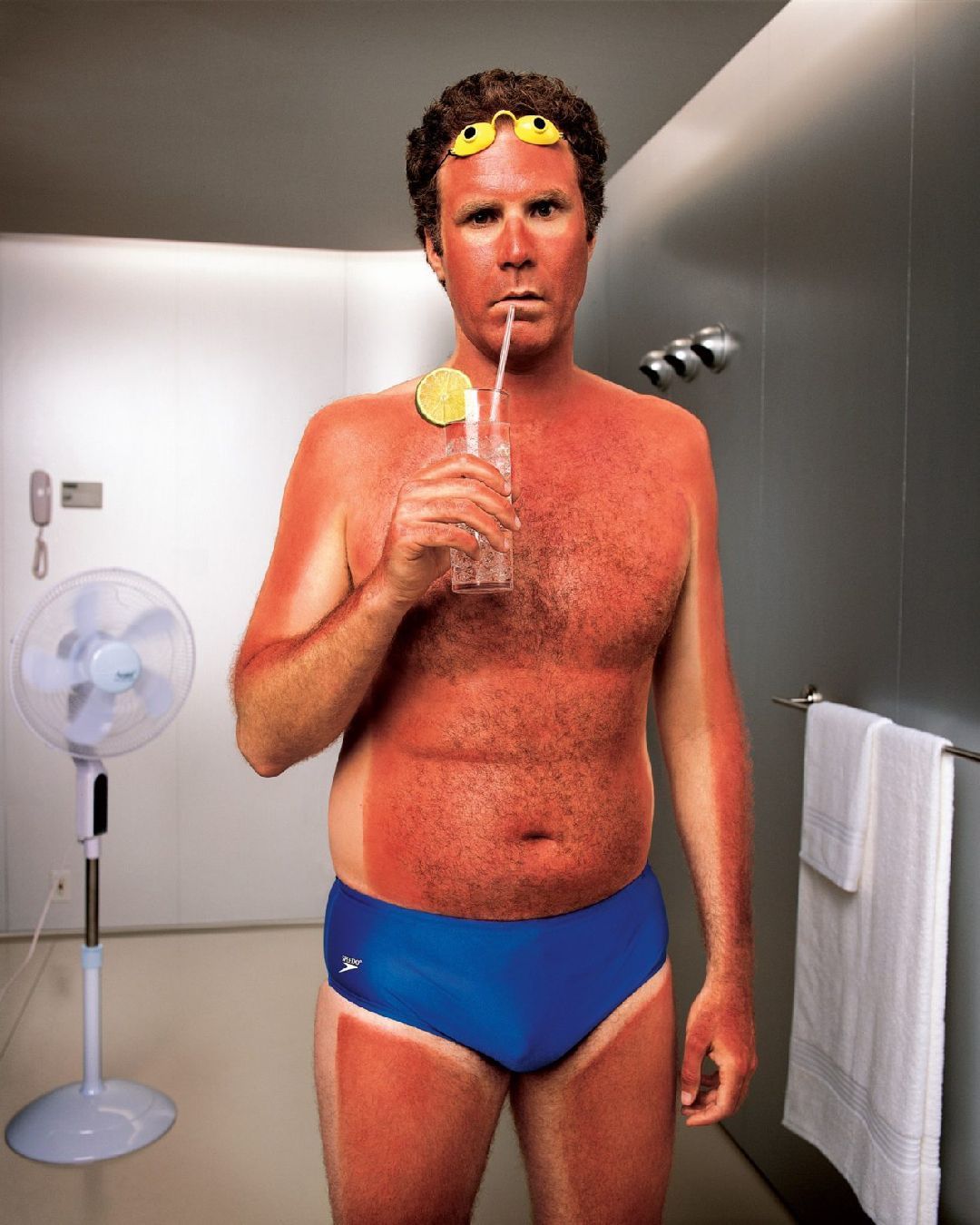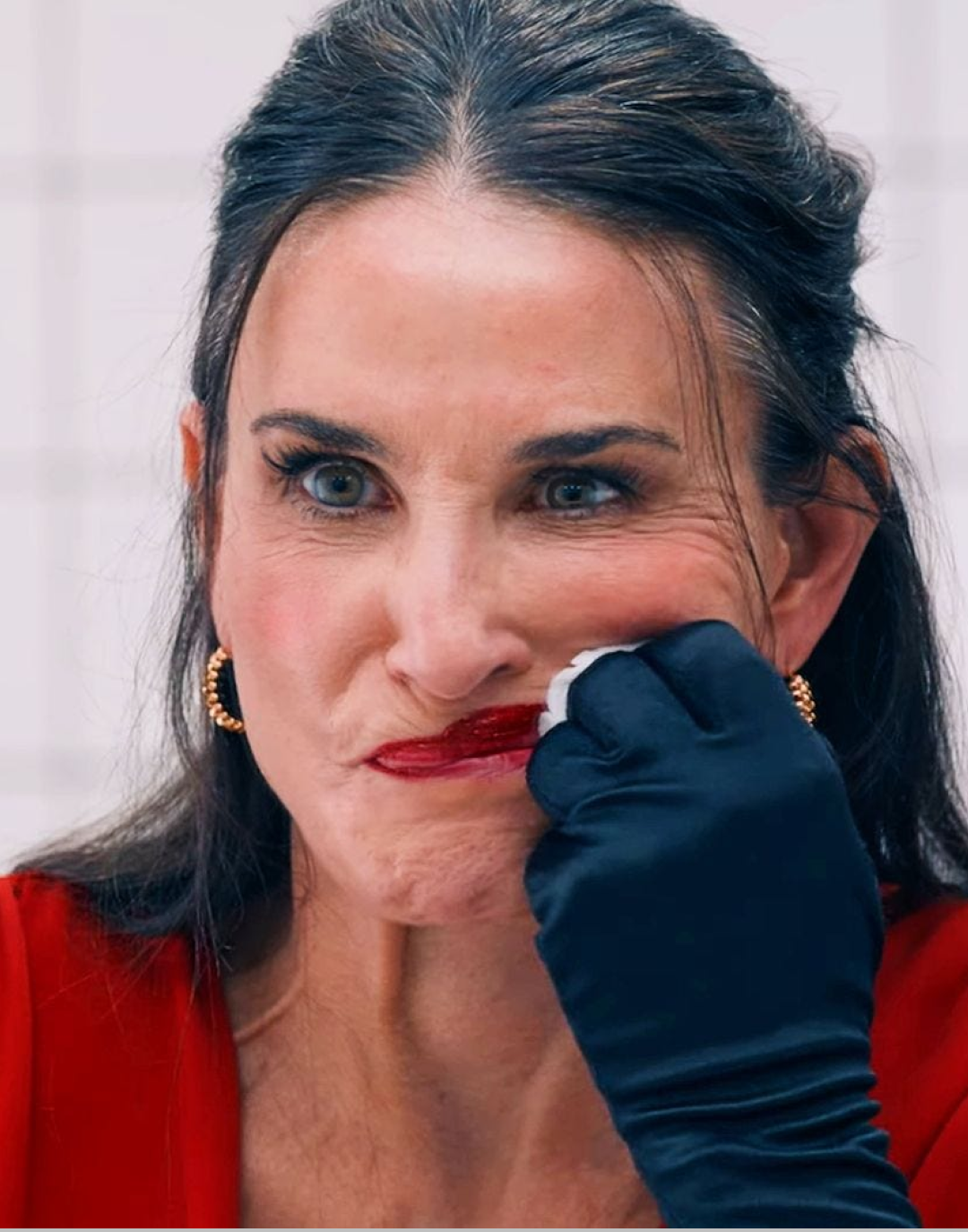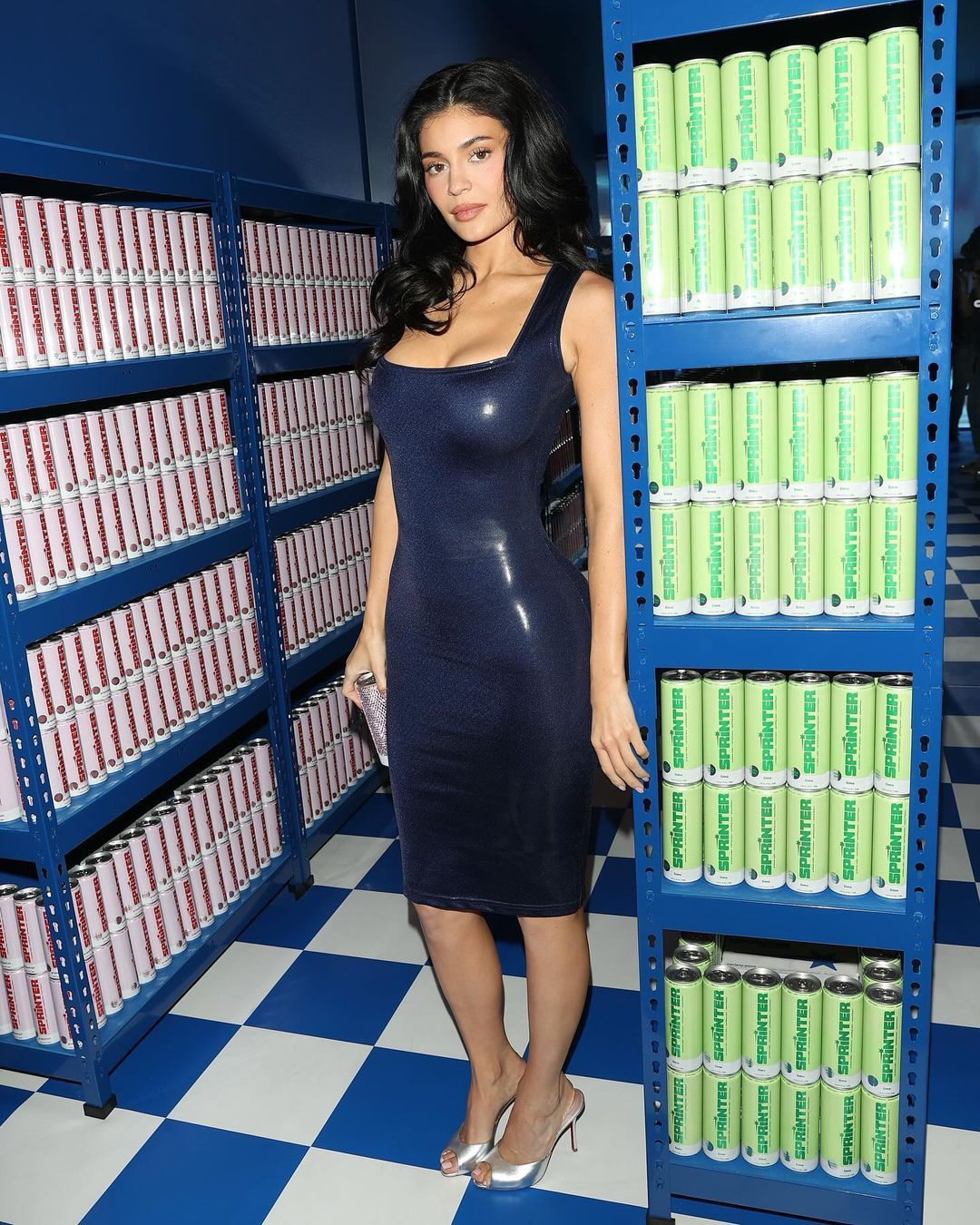
2023 is the year of sunscreen Now even clothes can protect us from UV rays
This summer in China the facekini, a kind of balaclava used to protect oneself from the sun, has become particularly popular, both at the beach and in the city - local beauty standards favour fair skin. This particular accessory is not the only way in which people in Asia protect themselves from sun rays: garments made of technical materials capable of repairing from the sun are increasingly more common. Different types of fabrics filter UV rays differently - denim, for example, has a good ability to block ultraviolet rays, while cotton much less so. The Chinese brand Bosideng, known mainly for its down jackets, for example, has recently launched technical clothes that provide sun protection , while outdoor clothing label Beneunder has expanded its catalogue to include hats, gloves, sleeves and other accessories that do not let UV rays through. In China alone, the market for clothing that also protects against the sun's rays is expected to grow to $13 billion by 2026. But the West is also moving closer to this area, adopting some of Asia's most common sunburn habits.
Sunscreens have become a key product in the catalogue of western beauty brands - labels Supergoop and Everyday Humans, for example, have built their entire business on sunscreen alone. «More and more people use sunscreen regularly and it has become part of their daily routine. Once they find the right product, they use it every day, even in winter,» said David Kim, a New York dermatologist who recently launched his own sunscreen brand, Lightsaver. This growing focus on sun protection among Western consumers is the result of a broader interest in skin care, which has paved the way for a range of products that go beyond sunburn prevention cream. This is the case with so-called UV warning stickers, special stickers to be applied on the skin that show the amount of UV radiation one has been exposed to: if a sufficient amount of sunscreen is applied, the sticker becomes transparent, otherwise it remains purple. This product is arousing such interest that, between June and July, on TikTok, views of the hashtags associated with UV warning stickers increased - worldwide - by more than 70%.
people often debate spf levels, but i’ve always found the most effective sunscreen to be the roof of an air conditioned house
— Uncle Duke (@UncleDuke1969) July 28, 2023
The West's growing demand for sun protection products is also due to skin-influencers. Charlotte Palermino, founder of Dieux Skin, has a large following on both Instagram and TikTok, thanks to her skin-care insights - which among other things aim to educate users about the differences between the products available on the market. Japanese tennis player Naomi Osaka, who launched her own skincare brand, Kinlò, in 2022, on the other hand, has become a spokesperson for the importance of sunscreen among dark-skinned women - and the Koa label, for example, goes in the same direction. The use of sunscreen is recommended by dermatologists not only because it prevents sunburn, but also because they significantly reduce the risk of developing skin cancer. The increasing interest in this kind of product is leading people to make a more correct use of sunscreens, using the right amount and repeating applications several times a day - the skin darkens in the sun as a defence mechanism to counteract ultraviolet rays. In recent years, many countries in Europe have noted an increase in the number of cases of cancer attributable to sun exposure, a phenomenon that has prompted several Dutch municipalities to organise awareness projects focusing on the importance of protecting oneself from the sun's harmful rays. This summer, sunscreen will be offered free of charge in the Netherlands, through dispensers placed in parks, sports areas, near hospitals and various other public places.














































